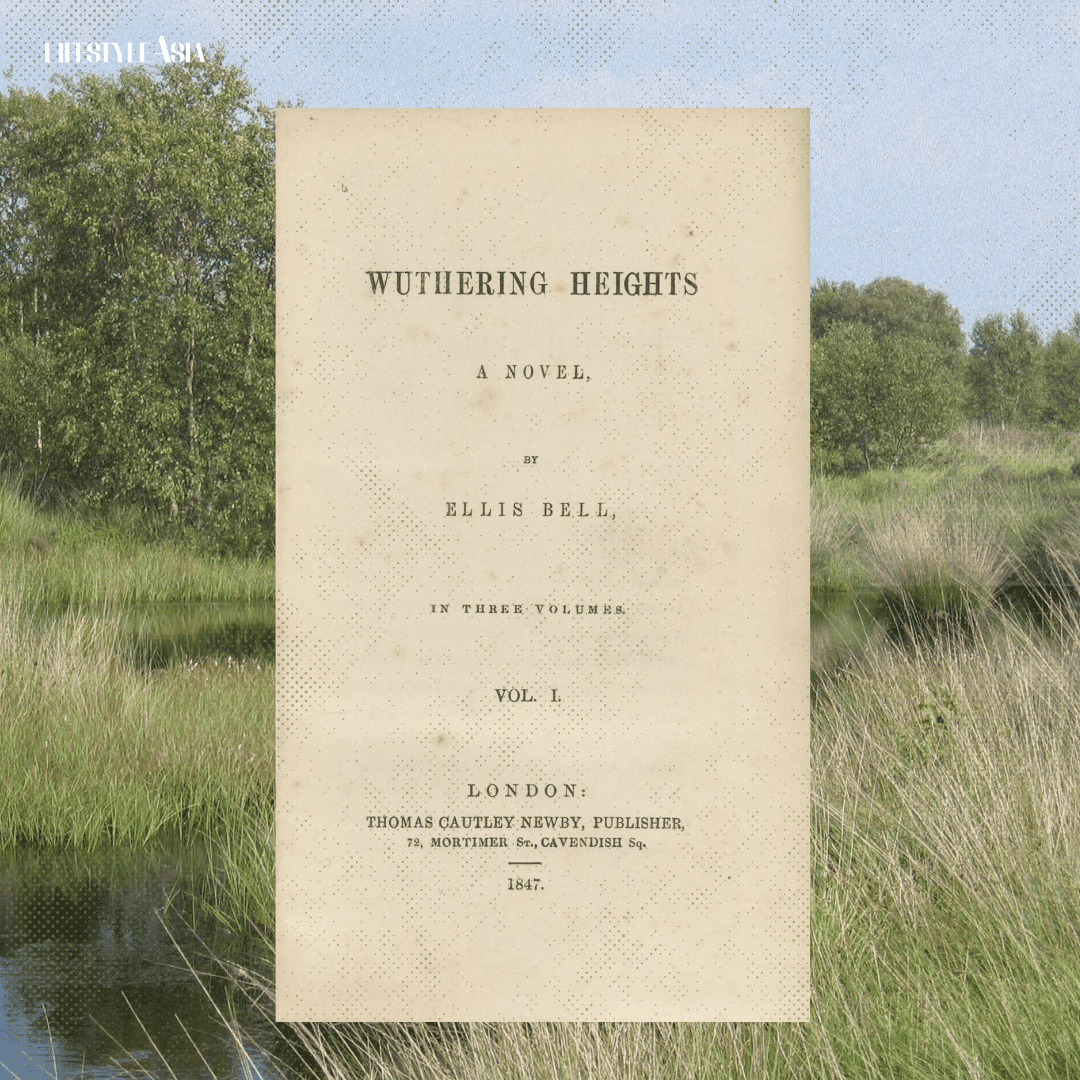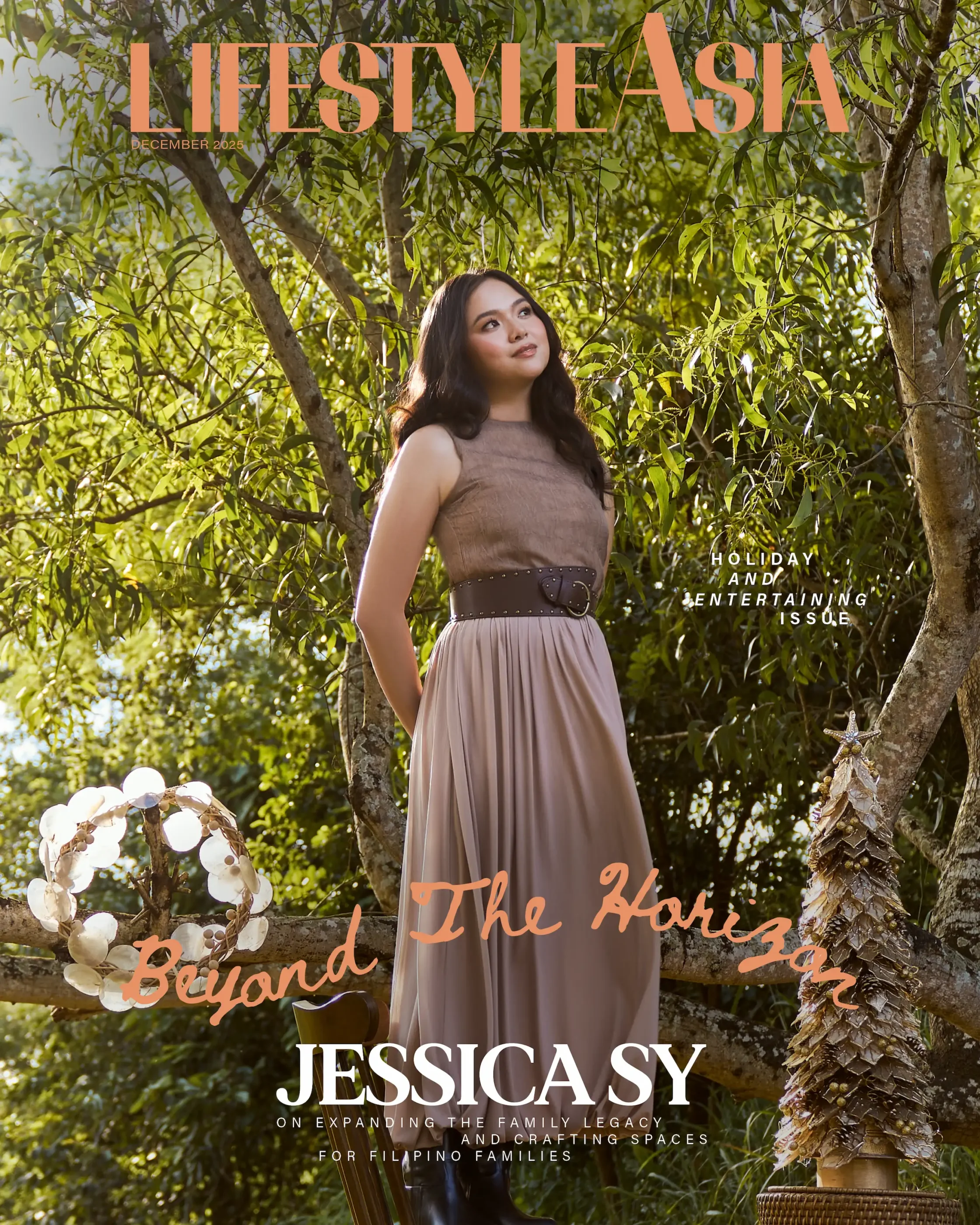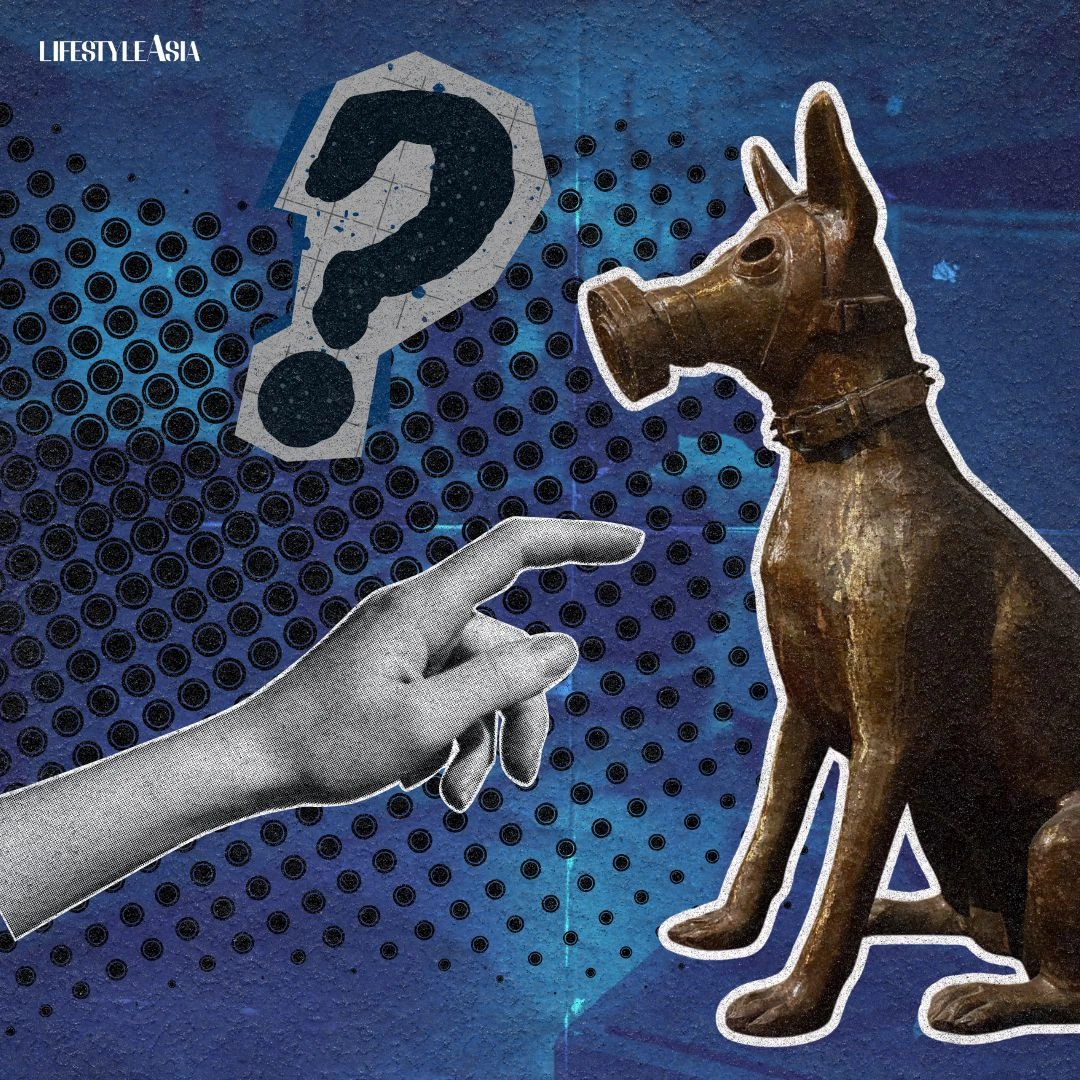With the first look at Margot Robbie as Catherine Earnshaw in Emerald Fennell’s Wuthering Heights, the Internet again discusses an actress’s age.
The 2025 awards season was dominated by discussions of women’s ages in Hollywood, particularly following the Best Actress race between ingénue Mikey Madison (Anora) and seasoned actress Demi Moore (The Substance). As the debate began to settle down, first-look images emerged of Margot Robbie on the set of Emerald Fennell’s adaptation of Wuthering Heights, opening up the Internet conversation again on actresses and age.
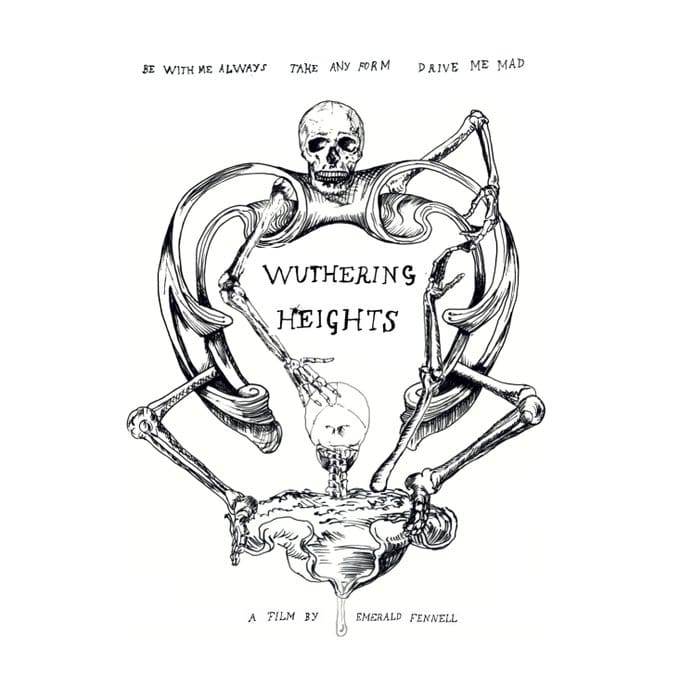
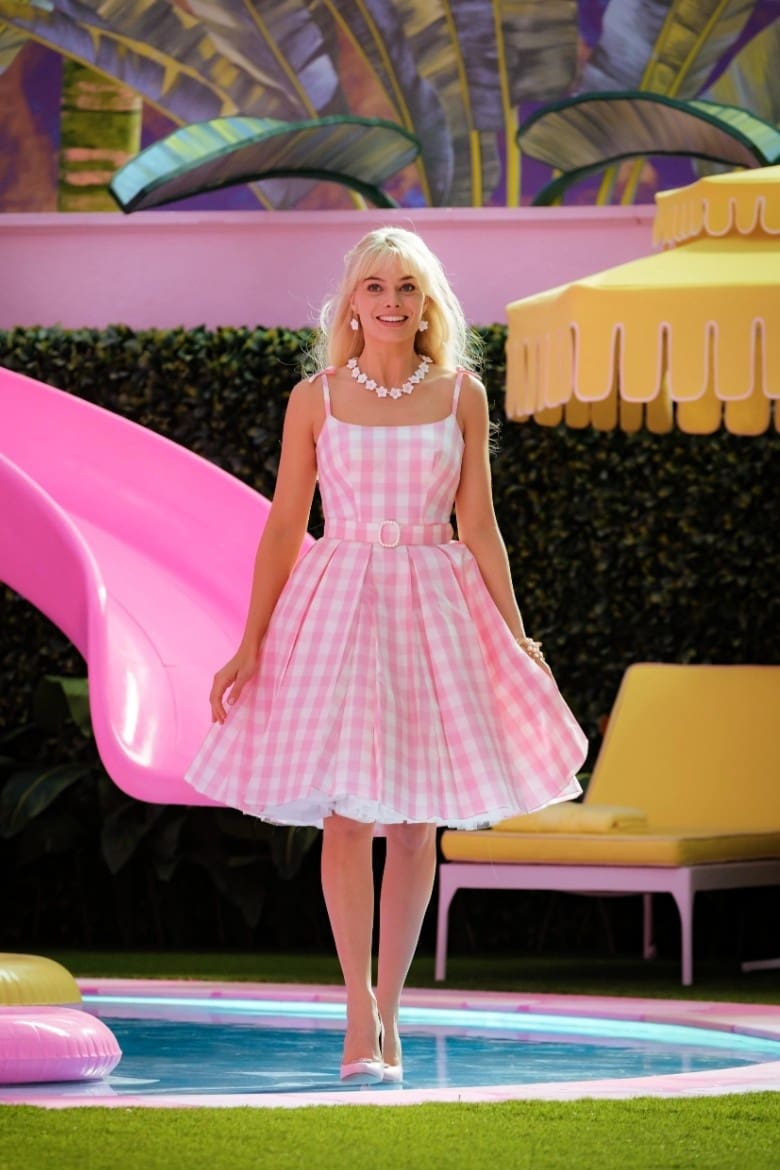
At 33, Robbie is significantly older than the character she plays, Catherine Earnshaw, who is 17 when she marries, and 19 when she dies. While Hollywood’s fixation on actresses’ ages arguably stems from a poor double standard rooted in misogyny and ageism, in this case, the concern is substantive. The character’s youth is more than a biographical detail. It is the cornerstone of her narrative arc and the tragedy that unfolds across the windswept moors of this classic masterpiece.
READ ALSO: 8 Books By Women, About Women
Wuthering Heights and Catherine Earnshaw
Emily Brontë’s novel begins with Mr. Lockwood, the new tenant of the Grange, who has just visited his landlord at Wuthering Heights, encountering stand-offish characters and nightmarish visions. He asks his housekeeper, Nelly Dean, to recount the history of the odd inhabitants. The following is the part most will be familiar with. The brutal relationship between Catherine Earnshaw and the foundling Heathcliff, both raised in Wuthering Heights, a relationship that is doomed when Catherine marries the more socially acceptable Edgar Linton of the Grange instead. The emotional conflict and struggles are echoed in the following generation, throwing the Earnshaws, Heathcliffs, and Lintons into a vortex of passion, cruelty, love, and hate.
The novel was polarizing upon publication and remains so to this day, particularly the relationship between Catherine and Heathcliff. Romantic? Cruel? Both? Neither?
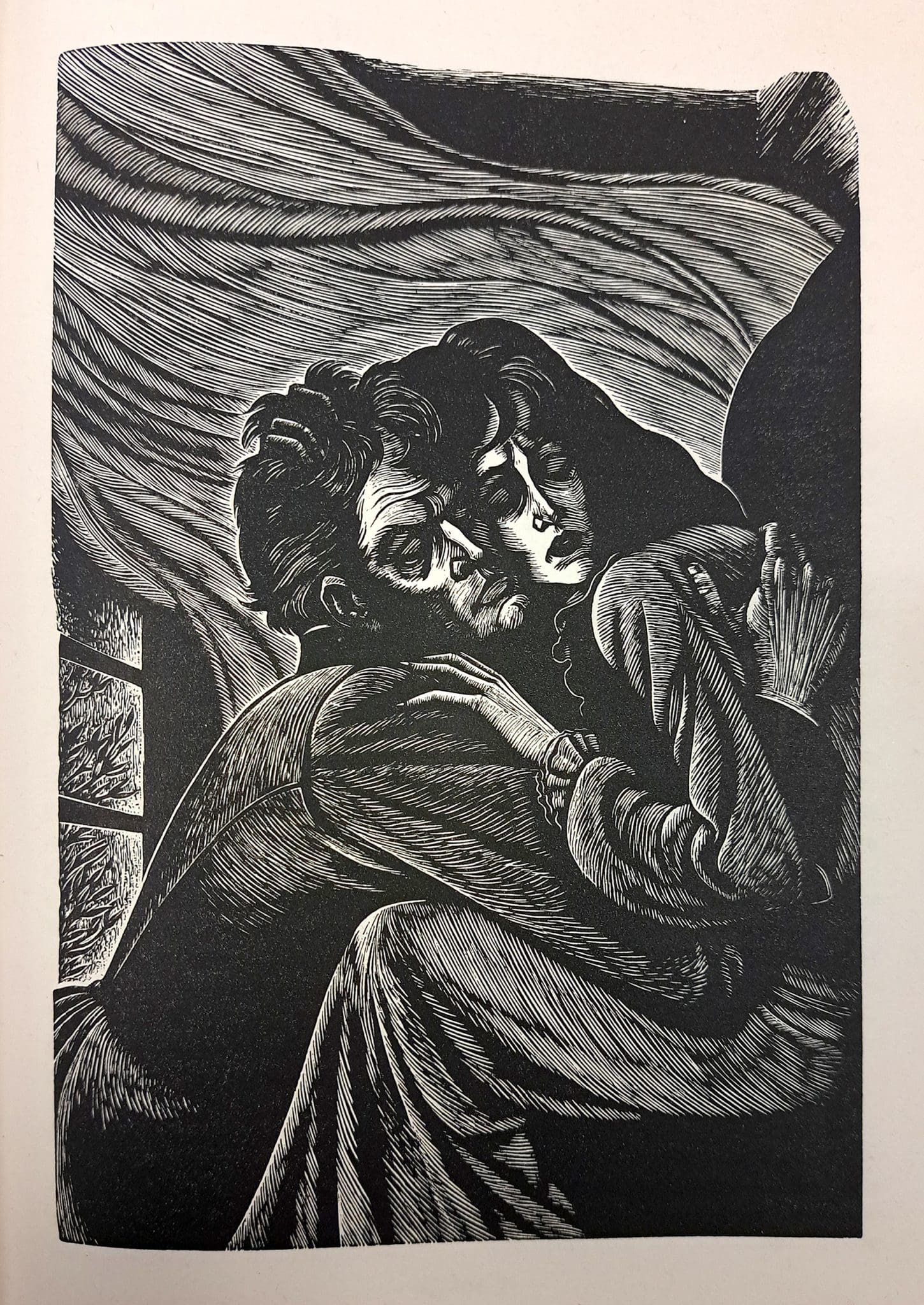

As one contemporary critic wrote: “It is very puzzling and very interesting, and if we had space we would willingly devote a little more time to the analysis of this remarkable story, but we must leave it to our readers to decide what sort of book it is.” It is poetry in prose form, trying to break free. Virginia Woolf said Brontë “looked out upon a world cleft into gigantic disorder and felt within her the power to unite it in a book.” It is this wild pull of nature, embodied in Heathcliff, embodied in Catherine’s youth, and her inability to reconcile the wilderness with societal expectations, “at once free and imprisoned” as Joyce Carol Oates once described her.
The Challenge of Portraying Catherine
Robbie is unquestionably talented, but can talent ever fundamentally capture this contradiction and naivety of freedom and imprisonment? The tragedy stems from an inability to understand the consequences of choices, a limitation believable in a sheltered teen but harder to accept in a woman in her 30s. We saw similar challenges in Lily James’s portrayal of the second Mrs. de Winter in the 2020 remake of Daphne du Maurier’s Rebecca, another gothic classic with a character whose youth and innocence drive the plot.
We can even look at the parallels between this year’s Best Actress performance, Mikey Madison in Anora, and Catherine Earnshaw. Both narratives center on young women whose age fundamentally shapes their circumstances and choices, dwarfed by powerful men and social structures, while possessing a raw authenticity that these structures cannot contain. The success of Madison’s performance hinged on capturing precisely that quality of youth: the vulnerability, impulsivity, and unformed identity that make her character’s journey compelling rather than merely reckless.
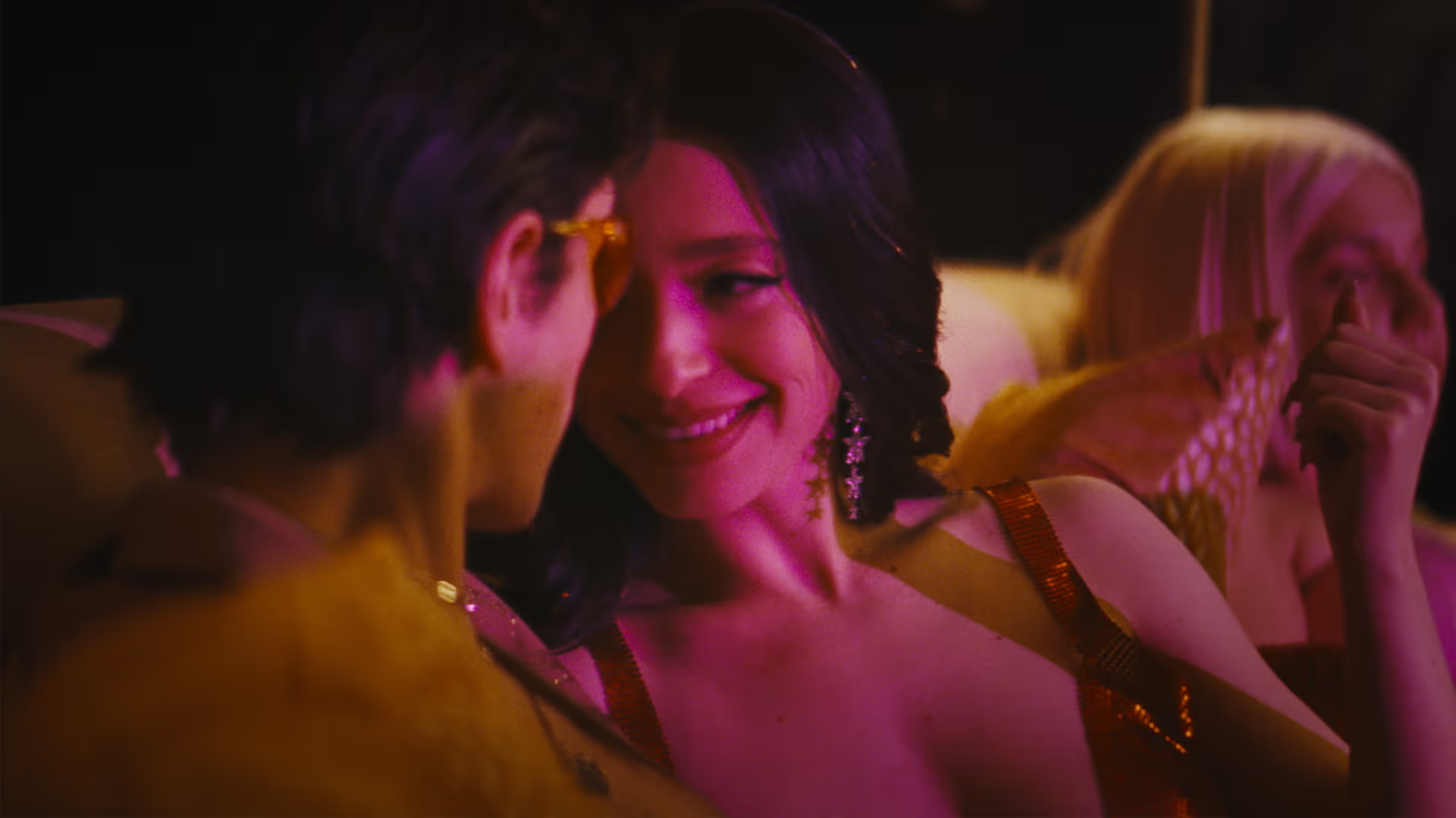
When Madison’s Anora declares, “I’m his wife now” after an impulsive Las Vegas wedding, it is not unlike Catherine’s famous declaration, “I am Heathcliff.” Both statements are not so much expressions of love but passionate identity, a merging that eases boundaries between self and other. Both statements gain power from the gap between the character’s understanding and the audience’s awareness of what such declarations will cost. Youth versus experience, and all that.
Can we imagine the 33-year-old Robbie delivering this line with conviction in reference to a younger Heathcliff, played by a 27-year-old Jacob Elordi? The age disparity creates a different power dynamic than the one Brontë constructed, where the older Heathcliff and younger Catherine are raised as virtual siblings.
This wouldn’t be the first time Wuthering Heights has been misrepresented on screen. Laurence Olivier’s 1939 adaptation excised the second generation and seemed to transform a multi-generational meditation on revenge into a more straightforward love story. William Wyler’s direction softened the novel’s brutal edges, making it palatable for film-going audiences but losing much of what makes Brontë’s work so enduring.
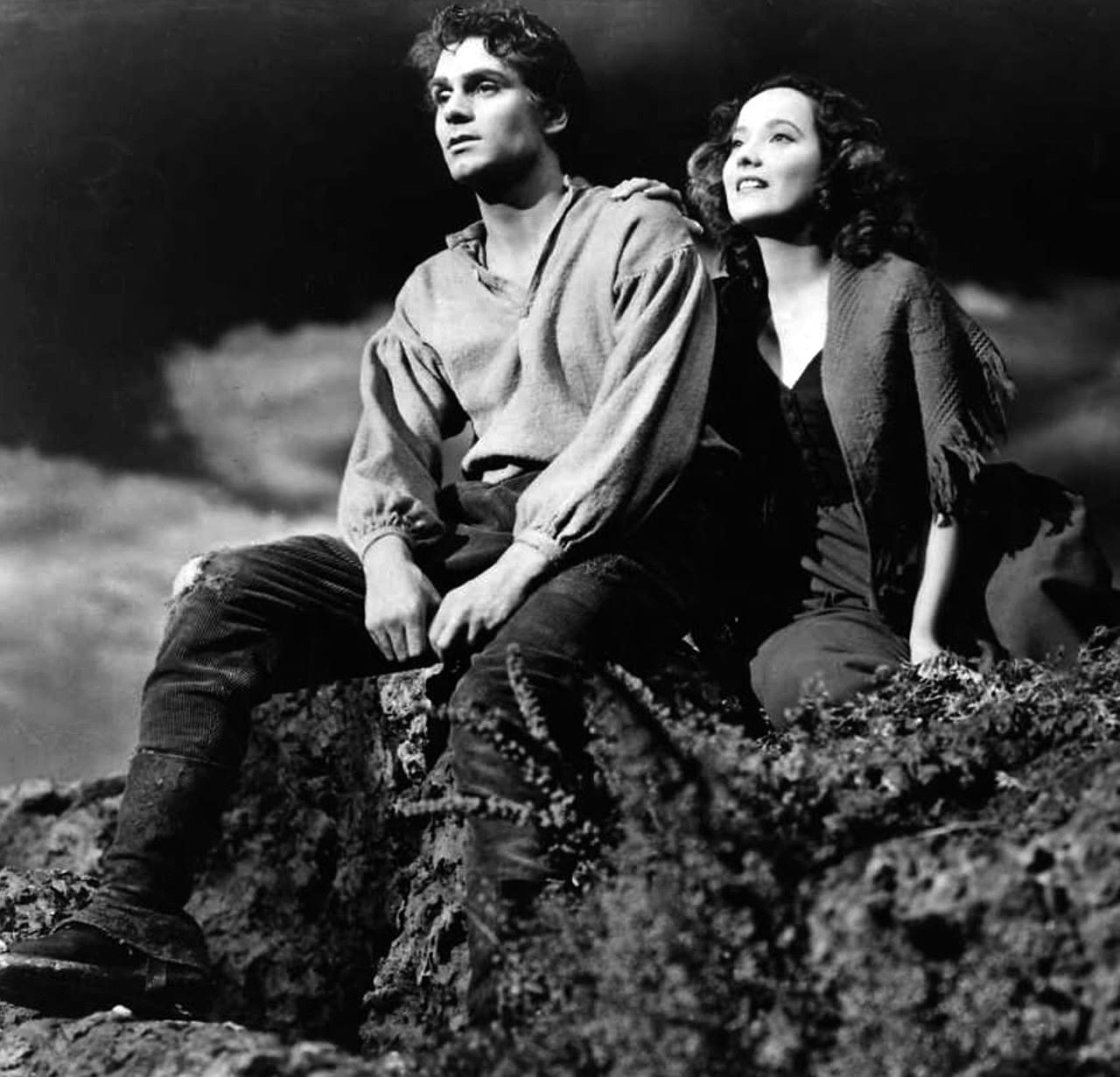
In general, adaptations have struggled with the novel’s fundamental darkness, finding difficulty in accepting what Brontë was actually writing: not a love story, but an exploration of obsession, revenge, and the destructive power of unrestrained passion.
A Gothic Vision
“I’ve always been obsessed with the gothic,” director Fennell wrote in a column for the Los Angeles Times. “It’s a genre where comedy and horror, revulsion and desire, sex and death are forever entwined, where every exchange is heavy with the threat of violence, or sex or both.”
This fascination with the gothic offers reason for cautious optimism. Saltburn demonstrated Fennell’s ability to navigate obsession and the darkly erotic. Her work exhibits a willingness to explore uncomfortable power dynamics and destructive desire, suggesting she might capture Wuthering Heights’s unsettling essence even if the casting raises concern.
It’s worth noting, however, that Wuthering Heights has been called a “virgin’s novel” by critic Elizabeth Hardwick, pointing to that essence of youth and innocent naivety at the heart of its darkness. It is a narrative crafted from inexperience yet expressing fundamental truths about human nature. Brontë published Wuthering Heights at the age of 29 (under the pen name Ellis Bell) and died at 30, younger than Robbie is now, having created a work of astonishing psychological insight without the benefit of worldly experience. Perhaps there’s a parallel here: Can an adaptation find truth in the narrative while departing from literal representation?
What is Faithfulness in Adaptation?
Of course, not every adaptation needs slavish fidelity to its source material. So what might a Fennell interpretation of Wuthering Heights look like? If the aforementioned Saltburn is any indication, she might lean into the novel’s gothic elements: the haunting, the cruelty, the obsession that transcends death. These elements would be true to Brontë’s story, even if the casting decisions are not.
Perhaps then the question isn’t whether Robbie is the “right” age, but whether Fennell’s interpretation will find new truths in the material. Can a mature actress reveal aspects of the character that a younger one might miss? Can Fennell’s contemporary sensibility illuminate what makes this 19th-century novel still feel dangerous and subversive?
As Catherine spoke on her deathbed: “I’ve dreamt in my life dreams that have stayed with me ever after, and changed my ideas; they’ve gone through and through me, like wine through water, and altered the color of my mind.” This haunting confession reveals an inner life that is reflective, poetic, and deeply introspective in her final moments. Remaining optimistic with regards to the adaptation, what we can hope for is something perhaps similar to Catherine’s transformative dreams. It may pass through the original text, altering its color, while maintaining its essential nature.
And, regardless, there’s one piece of advice that remains eternally sound to this writer: read the book, too.
